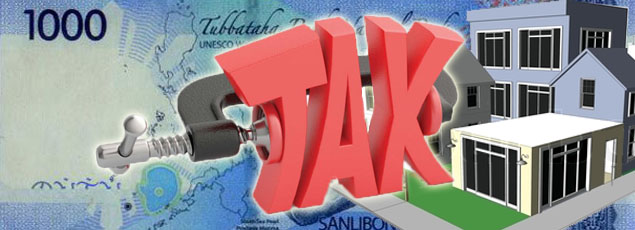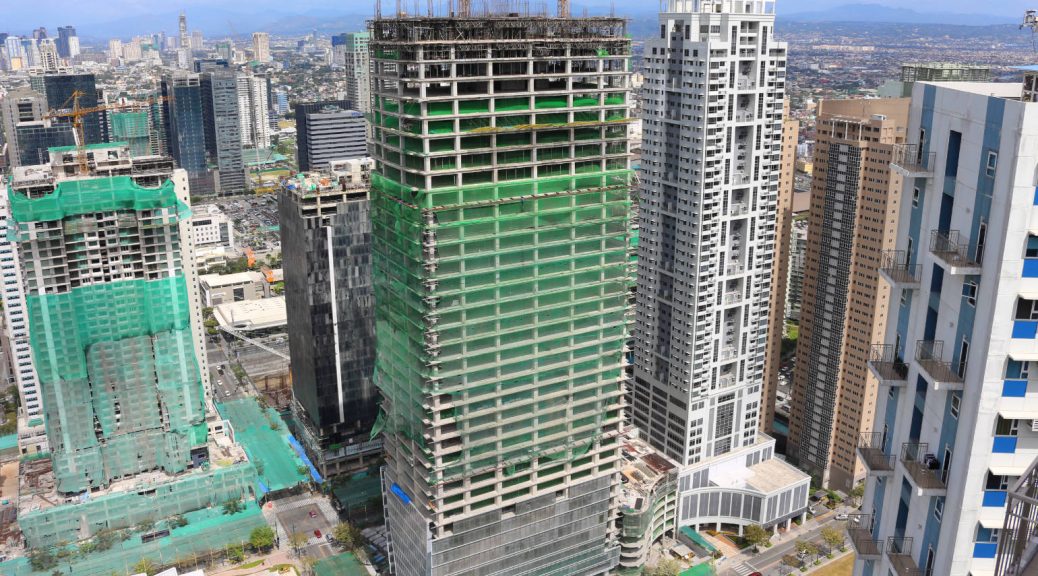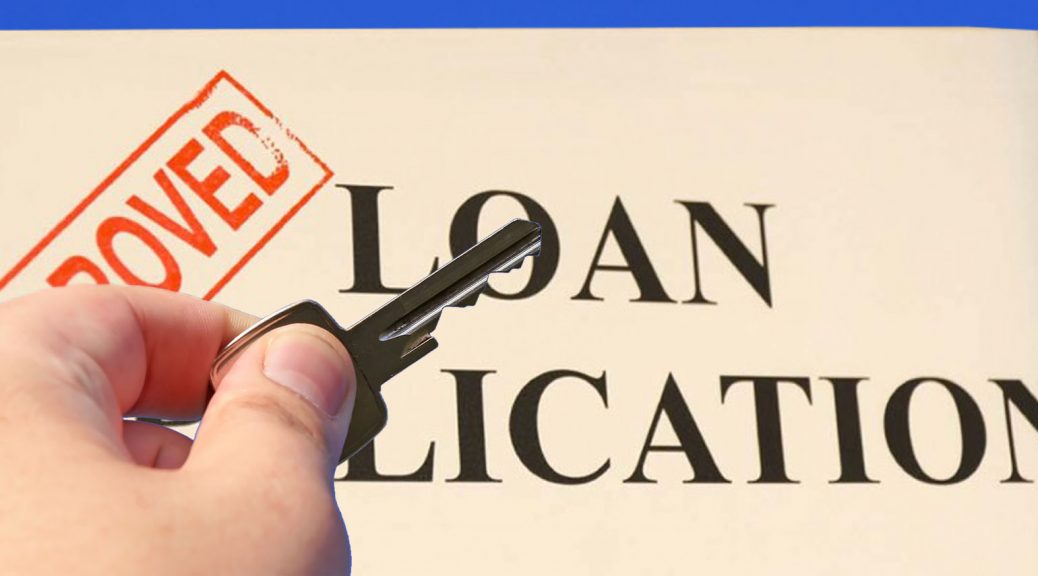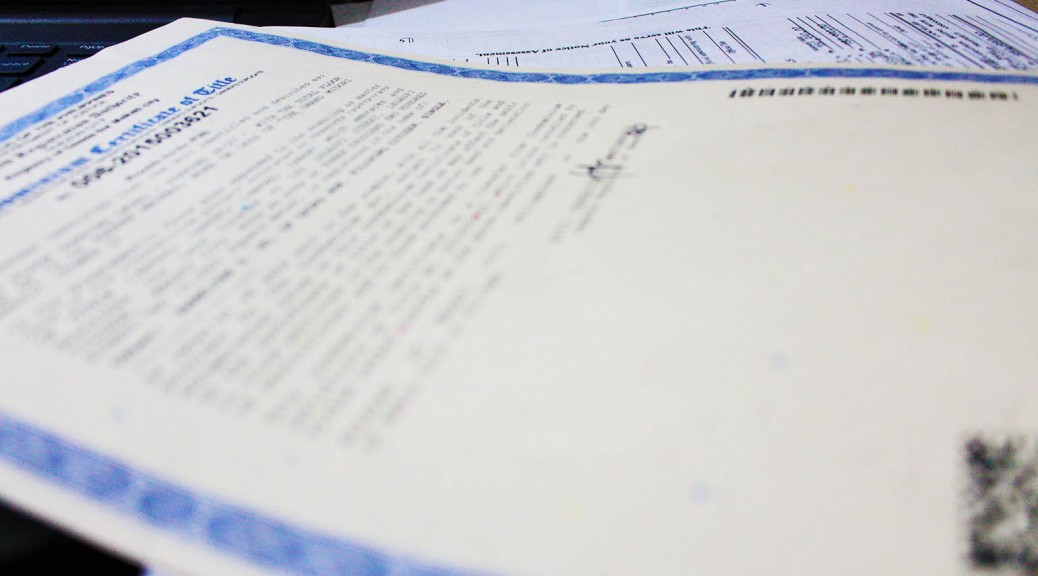
VAT Update RR 13-2012: Concerns and Implications to Sale of Adjacent Properties
As an owner, buyer, or seller of adjacent properties, you might be familiar with this practice. Some sellers of adjacent real estate properties document the sale as sale of separate units even when both properties are sold to and will be used by the same buyer.
The purpose behind this is to avoid the 12% value-added tax (VAT) since separate sales would more likely guarantee a price below the VAT exempt threshold amount than a combined sale of the adjacent properties.
Look at it this way. On the part of the seller who prices the property below the VAT exempt threshold, the property is easier to sell because of reduced costs. While on the part of the buyer, it’s more likely he can afford to pay for the property without the VAT.
In short, buyers and sellers want to do away with the VAT by banking on loopholes in the system.

But the BIR has noted of this practice. And to address this complication, the BIR issued a VAT update: Revenue Regulation (RR) No. 13-2012. This is an amendment of the provisions in the Consolidated VAT Regulations of 2005, which relate to the sale of real estate properties in the Philippines.
According to RR 13-2012, the sale, transfer, or disposal of two or more adjacent lots, house and lots, or residential units (i.e. condominium units) to a buyer within the period of 12 months shall be considered as one transaction.
To clarify, “adjacent” in this case refers to properties located next to each other. The regulation still stands whether the transaction is processed by the same or different sellers.
Therefore, buyers are required to pay the 12% VAT if the total values of the real estate they purchased exceed the VAT exemption threshold amount of Php 1,919,500 for residential lots, and Php3,199,200 for house and lots or residential condominium units.
RR 13-2012 also notes that when it comes to the sale of condominium units, the purchase of parking lots is separate from purchase of the condominium unit, and is therefore, not considered as part of the regulation terms. However, it is still subject to VAT regardless of individual selling price.
With the RR 13-2012 in place, condominium developers, sellers, and potential buyers alike all face a dilemma. The new tax law might discourage potential real estate buyers who cannot afford adjacent properties after the VAT inclusion.
On the part of condominium developers and sellers, they are more or less forced to think of ways to make the prices of their properties still attractive and attainable for would-be buyers. Either they would lower their selling prices or offer more flexible payment terms if they want to keep closing successful sales.
If they aren’t able to adapt to these changes, it’s a possibility that the condominium sector could experience a downturn.
RR 13-2012 was published on 17 October 2012, and went into effect 15 days after publication, on 1 November 2012.
Source: Sun Star Cebu














